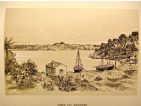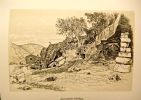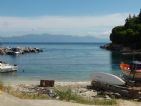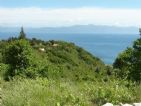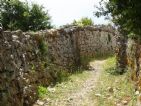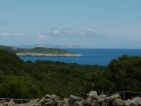
Antipaxos (I)
Comparisson reports are under license of:

Lo que dice el Arxiduc:
“Like on Paxos, the dock is located on the eastern side, that is, the inner side, on the channel-side. The small Agriapidia port (or “port of wild pears”), cannot be used by large boats, nor does it offer much protection to smaller ones. For that reason, one has to go to Gatjas on Antipaxos after reaching the pebble-filled beach. […] After comes Spiaggia Tis Agriapidia with small houses and a pebble beach. Nearby are the Agriapidia caves.
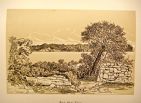


Datos proyecto Nixe III:
Upon reaching Agripidiá Port on Antipaxos, we noticed that the small house appearing in the Archduke’s engraving no longer exists. In addition, we see that they have built a breakwater which slightly protects the cove from the northerly winds.
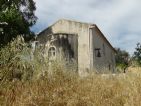 We didn’t have the chance to visit the caves at Agripidiá and headed downhill towards the area where the Agios Aimilianos Church and majority of small houses on Antipaxos are found. From here is a very pretty view of mainland Greece and its coast.
We didn’t have the chance to visit the caves at Agripidiá and headed downhill towards the area where the Agios Aimilianos Church and majority of small houses on Antipaxos are found. From here is a very pretty view of mainland Greece and its coast.
Throughout our excursion around Antipaxos we took fairly narrow paths which were at times blocked by dry-stone walls. We found small vineyards throughout the excursion.
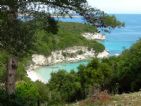 Heading to the north of the island, we quickly see the different fine sand beaches which have made this island famous.
Heading to the north of the island, we quickly see the different fine sand beaches which have made this island famous.
We also head south along the central path which runs across the entire island of Antipaxos. The path splits, taking us to the western coast. From there we can see Sarakiniko Port on the western coast and the point on the side.








